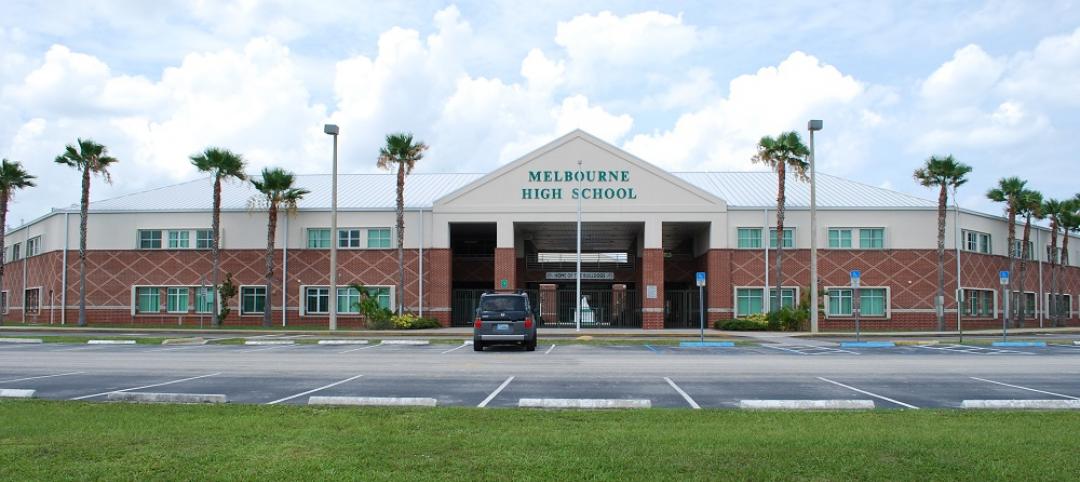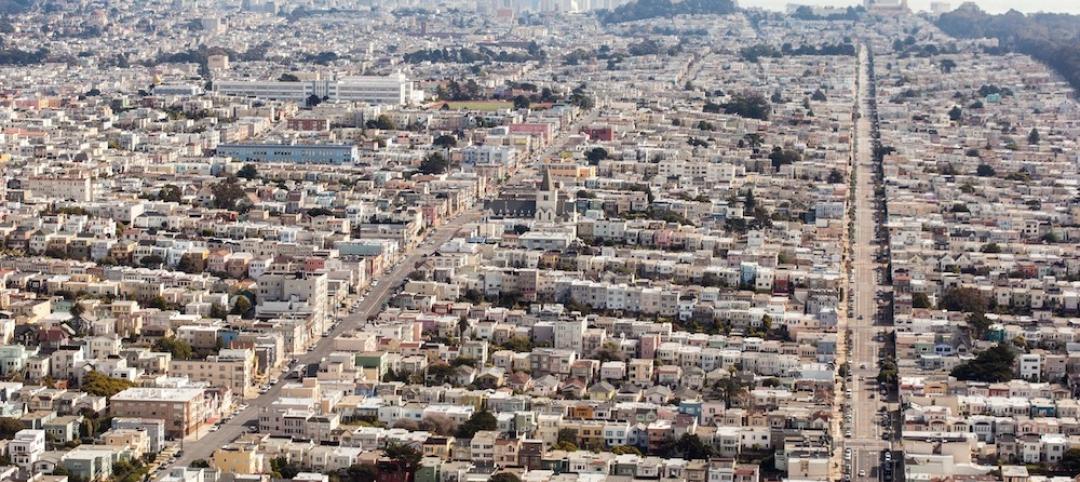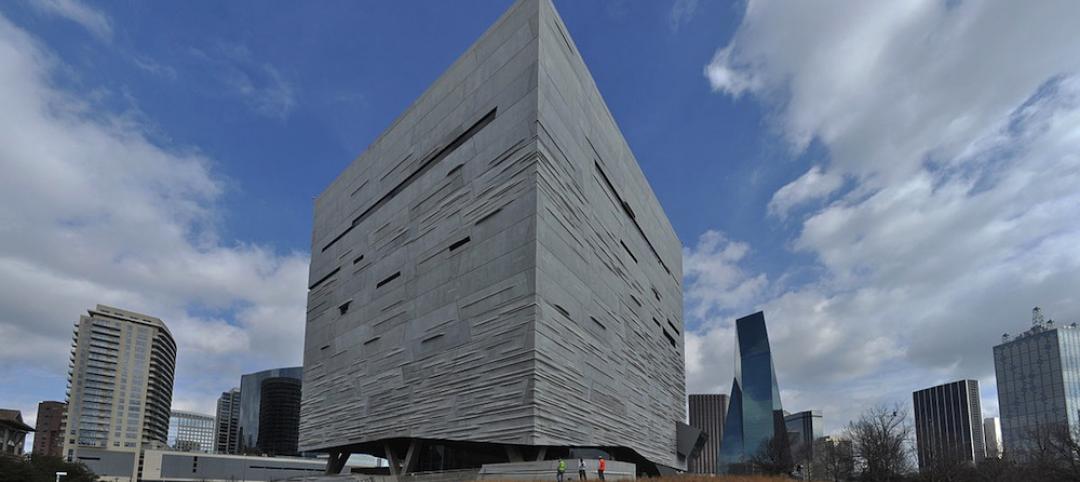Heat waves are the nation’s deadliest weather hazard, accounting for one-fifth of all deaths caused by natural hazards in the U.S.
Low-income people in urban areas tend to be most vulnerable to extreme heat. These neighborhoods often have a lot of hardscape that absorbs solar radiation during the day, without many parks or trees to mitigate this effect. Some of the poorest residents do not have air conditioning. Businesses in vulnerable neighborhoods use more energy than enterprises in more affluent areas because of higher temperatures.
So, green roofs that help cool buildings and green infrastructure could be most impactful in low-income areas of cities. Other options such as vertical gardens on a building’s exterior and white rooftops can help moderate urban temperatures, cut utility bills, and improve quality of life.
Researchers from the University of Notre Dame team identified Chicago neighborhoods that had the most to gain from green roofs by figuring out which ones had the most heat vulnerability, the greatest potential reductions in rooftop temperatures, and used the most electricity for cooling. Researchers also designed steps for urban planners to set priorities for a public effort to install green roofs.
Related Stories
School Construction | May 3, 2016
Florida clamps down on school construction spending
Critics fear rules will hamper ability to build schools with desired features.
Resiliency | May 2, 2016
Connecticut to develop new code standards for resiliency
Expected more frequent severe weather events due to climate change prompts review.
Contractors | Apr 29, 2016
OSHA issues advisory to protect workers from Zika virus
Construction industry workers considered at high risk.
Codes and Standards | Apr 28, 2016
New research finds 30 measures to significantly cut energy use
ASHRAE’s prescription cuts across all building types and climates.
Codes and Standards | Apr 27, 2016
Florida gives developers more time to install first responder radio signal systems
Expensive upgrades can be postponed for several years.
Codes and Standards | Apr 25, 2016
San Francisco becomes first big U.S. city to require solar panels on new buildings
Pertains to commercial and residential buildings shorter than 10 stories.
Codes and Standards | Apr 25, 2016
GSA adopts SITES land development and management rating system
Federal agency will use for properties with and without buildings.
Wood | Apr 22, 2016
Revised 2015 Manual for Engineered Wood Construction available
American Wood Council Document offers design information for structural applications.
Codes and Standards | Apr 20, 2016
OSHA updates eye and face protection standards in final rule
Becomes effective April 26.
Codes and Standards | Apr 18, 2016
Efficiency finance pilot project to spur retrofits on existing buildings
EDF and PG&E team up on interest-free loans for qualified projects.

















